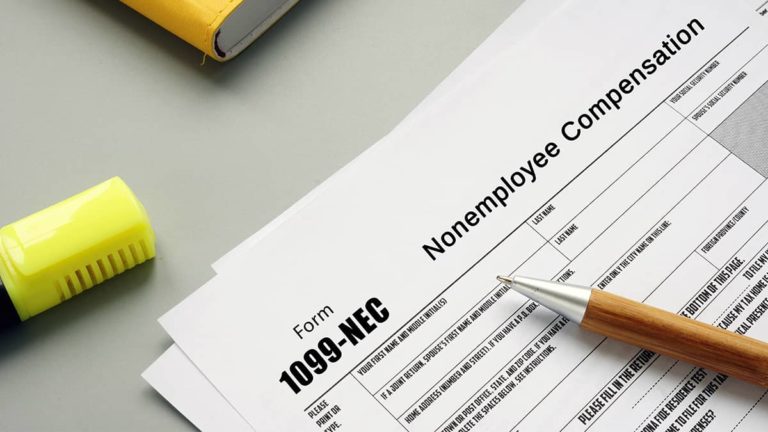In accounting, you deal with a variety of accounts to balance and organize your books. One type of account you will likely run into is a real account.
But, what are real accounts exactly? And, how does it differ from other accounts in accounting? Allow us to give you the scoop with an overview, examples, and more.
What are real accounts?
So, what is a real account? A real account, or permanent account, is a general ledger account that does not close at the end of a period or at the end of the accounting year. Instead of closing, real accounts stay open, accumulate balances, and carry over into the next period or year. The amount in real accounts becomes the beginning balance in the new accounting period.
Do not list real accounts on your business’s income statement. Report real accounts on your balance sheet as:
- Assets
- Liabilities
- Equity
Real accounts also consist of contra assets, liability, and equity accounts.
Your real accounts reflect your company’s financial status and can change from period to period because they’re active throughout the entire year.
Real account vs. nominal account
You likely also deal with nominal accounts in accounting. What’s the difference between real account vs. nominal account?
Again, real accounts are permanent and stay open from period to period, including at year-end.
A nominal account, or temporary account, is essentially the opposite of a real account in accounting. Nominal account balances close at the end of the financial year.
You record these accounts on your business’s income statement. Temporary accounts include revenue, expense, and gain and loss accounts.
Real account vs. personal account
Another account that comes into play with the three golden rules of accounting is a personal account. What is the difference between a personal account and real account?
A personal account is a general ledger account related to individuals or organizations, such as purchasing goods from Company XYZ.
Real account types
What are some types of real accounts? Here are a few examples of real accounts in accounting:
- Cash
- Accounts receivable
- Fixed assets
- Accounts payable
- Wages payable
- Common stock
- Retained earnings
Again, real accounts can be broken down into asset, liability, and equity accounts on the balance sheet. For example, the cash account is a type of asset account, accounts payable is a liability account, and retained earnings is an equity account.
Real accounts and the golden rules of accounting
Real accounts come into play with the golden rules of accounting. Specifically, with the rule “debit what comes in and credit what goes out.”
With a real account, when something comes into your business (e.g., an asset), debit the account. When something goes out of your business, credit the account.
Say you purchase new equipment for $3,000 in cash. Debit your Equipment account (what comes in) and credit your Cash account (what goes out).
| Date | Account | Debit | Credit |
|---|---|---|---|
| XX/XX/XXXX | Equipment | 3,000 | |
| Cash | 3,000 |
Real accounts example
You just opened a bakery and you have the following:
- Cash: $20,000
- Fixed assets: $30,000
- Inventory: $15,000
After a few months in business, you also have the following:
- Revenue: $35,000
- Cost of goods sold (COGS): $15,000
- Rent: $2,500
- Additional expenses: $1,500
Your accounting period goes from January 1 to December 31 each year. At the end of the year (or period), you report your revenue, COGS, rent, and other expenses on your income statement as $16,000 in net income. Accounts on your income statement close at year-end.
At year-end, you carry over your permanent accounts that are now your retained earnings into the new year. Your permanent accounts become your beginning balances at the beginning of the new period. And, your beginning balance consists of the amounts in your cash, fixed assets, and inventory accounts.
This article has been updated from its original publication date of November 23, 2021.
This is not intended as legal advice; for more information, please click here.



